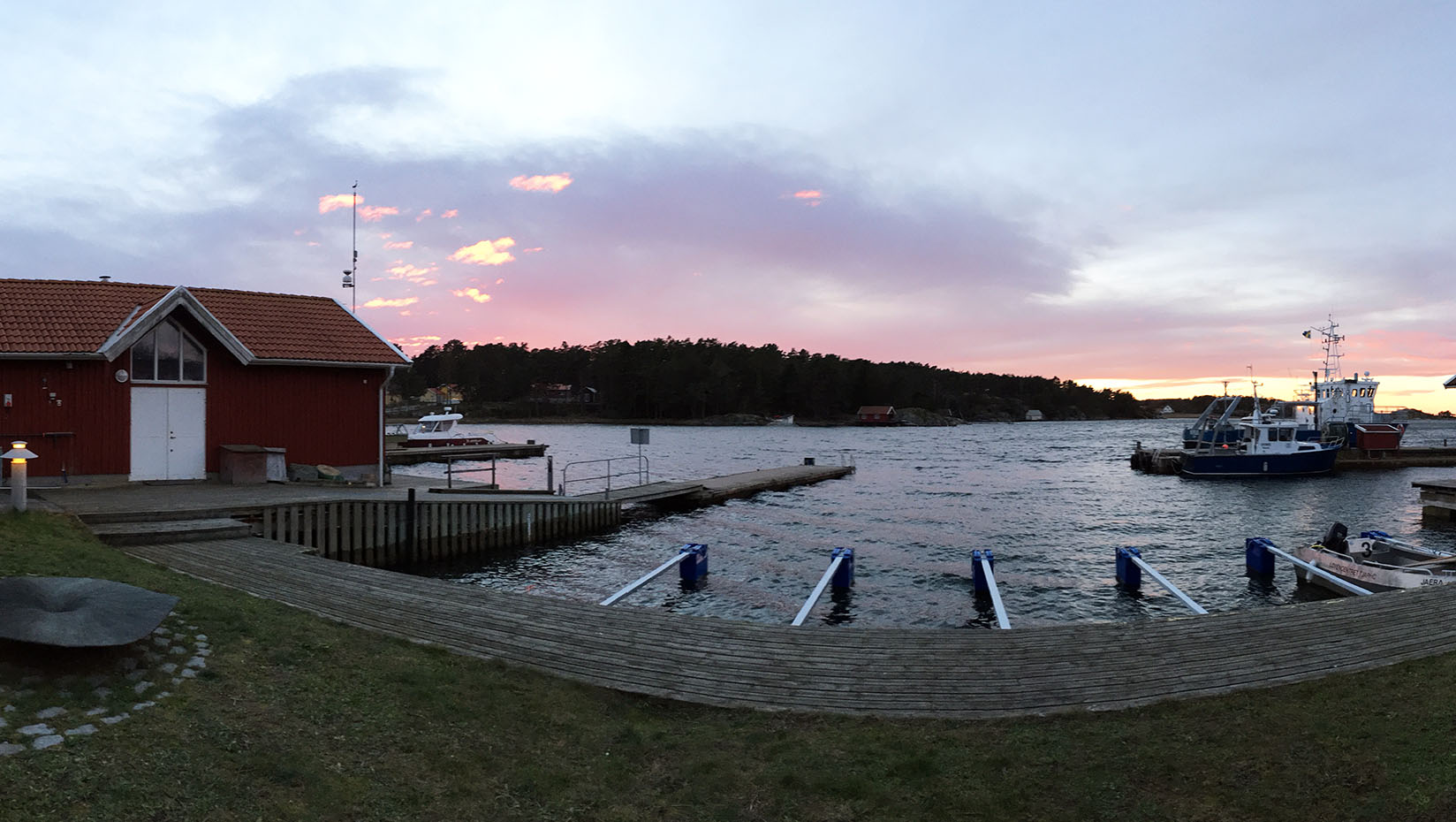
In Sweden, Waller shares in-depth knowledge of cold-water corals
Transcript
Rhian Waller:
Hi. I’m Dr. Rhian Waller, an associate professor of marine sciences at the School of Marine Sciences, University of Maine. And I’m usually based down at the Darling Marine Center.
But as you can see behind me, I’m not at the Darling Marine Center right now. I’m actually at the Sven Loven Center for Marine Research and Infrastructure, which is in Tjärnö, in Sweden, on the west coast. Northwest, really close to the border with Norway.
I’m actually here for a year on a fellowship. I’m here to work with some collaborators, looking at the larval biology of cold-water coral that lives in the fjords right behind us.
These fjords are about 660 feet deep and have some very cold water in them and actually house deep-water and cold-water corals.
And this is where I’m going to be based for the year. Today it’s snowing. We don’t get a lot of snow down here so this is pretty unusual. There’s about an inch or so on the ground.
So the ocean is right here.This is the fjord. This is one of the small research vessels. The big research vessel is out today in the snow.
And across the way, that island is the island of Saltö, that’s actually part of the Kosterhavet National Park, and so that’s where we’re doing some of the work for this project.
So, here we are inside the cold room. It’s a bit loud in here because of all the pumps. And here we can kind of see behind me, these are all our deep-water corals in tanks.
These are deep-sea coals, they usually occur in about 500 to 1,000 meters. They occur in about 100 meters here in the fjords in Sweden and Norway.
Over the last few days, we actually have had quite a number of spawnings. It’s actually quite early in morning right now because we have been up a lot of the night collecting larvae and putting them into little dishes. So here are the dishes down here.
These are the Lophelia corals. And all those little specks you can see are the eggs.
What we’re going to do with these larvae is look at how they respond to climate change. So we’re going to put them through warming scenarios and put them through some salinity scenarios, too. Put them in slightly fresher water because here in the fjords one of the concerns is extra runoff.
So, I’ll be here for one year working on this project.
